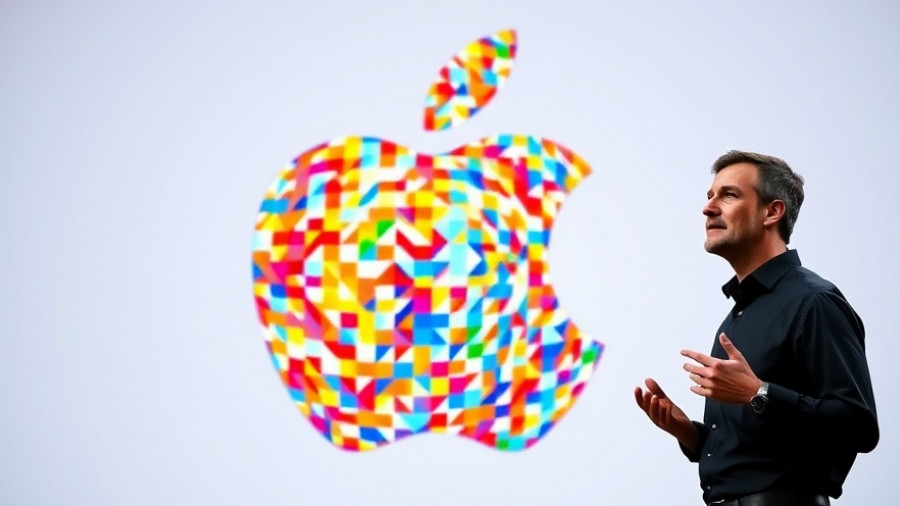
iPhone Revenue Misses Expectations: A Deeper Look
In a recent earnings report, Apple Inc. revealed strong fiscal fourth-quarter results with an impressive overall revenue of $102.47 billion, reflecting an 8% increase year-over-year. However, the highlight has been overshadowed as iPhone sales fell short of Wall Street’s expectations, earning only $49.03 billion against the forecasted $50.19 billion.
Understanding Market Responses and Tim Cook's Forecast
Despite missing iPhone revenue targets, CEO Tim Cook remains optimistic, predicting that the current quarter will show sales growth of 10-12%. He attributes this optimism to the positive consumer reception of the recently launched iPhone 17 model. Cook believes that the holiday season will amplify this enthusiasm, boosting sales significantly. This forecast is ambitious, suggesting that while the past quarter showcased hurdles, the future might hold brighter prospects.
The Broader Context of Apple's Business
While iPhone sales missed the mark, Apple's revenue from services surged by 15%, hitting $28.75 billion, showcasing the strength of its recurring revenue model. This underscores a growing trend in the tech industry, where hardware sales alone are no longer sufficient for sustained growth. Cook’s confidence in accelerating service revenue suggests that diversification may be key to overcoming challenges in hardware sales.
Evaluating Supply Chain Challenges Affecting Apple
Cook cited supply constraints affecting both older iPhone 16 models and newer iPhone 17 units as contributing factors to the revenue miss. This illustrates a significant challenge in the tech supply chain, something many businesses are grappling with. Understanding these issues can provide insight into how industries adapt to external pressures—in this case, market readiness and consumer demand. Tech-savvy professionals and business leaders must consider these factors when projecting forecasts and strategizing for the upcoming quarters.
The Bigger Picture: Insights for Industry Leaders
While immediate sales figures appear disappointing for iPhone, the enthusiasm that surrounds Apple’s latest lineup, combined with growing service revenue, may position Apple favorably moving forward. As financial analysts interpret these trends, it becomes essential for business leaders to look beyond first appearances. Instead, focusing on the adaptability and long-term strategic direction will be critical in navigating market uncertainties in the tech landscape.
 Add Row
Add Row  Add
Add 










Write A Comment